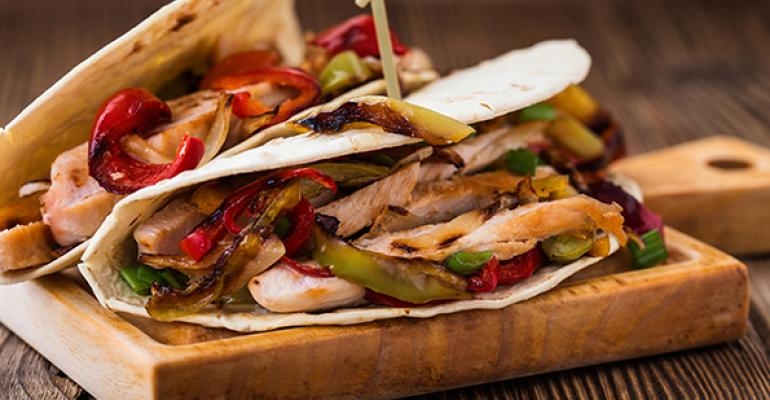The past few years restaurants have resorted to serving food on some unconventional surfaces, from shovels to frying pans to lunchboxes to buckets. Where did this trend begin? It’s likely that it started with serving food on wooden boards.
Many restaurants opt to ditch traditional plates in favor of wooden boards for serving many types of food – whether it be pizza, burgers or even slices of cake. And for every restaurant that follows this fad, there are dozens of people who ask the simple question: Why?
In fact, a humorous Twitter campaign called WeWantPlates arose last year to poke fun at places that serve food on strange surfaces and in odd containers.
Reasons for people shunning them are understandable. Wooden boards aren’t optimal for all types of food and aren’t as practical as standard plates. Can you imagine trying to eat spaghetti Bolognese off a chopping board?
Arguably, the whole point they exist is purely for their novelty and rustic style: harkening back to a simpler time when people never used fancy porcelain plates to eat their meals. But more often than not, wooden boards are berated too harshly, particularly for reasons that are in fact untrue.
For example: One argument many pro-plate diners use is that wooden boards are unhygienic. They argue that bacteria thrives inside small scuffs and cuts on the surface and that wood is harder to clean than harder surfaces.
But a number of studies have shown that assumption to be false. A famous study carried out at the University of California, Davis revealed that “[Bacteria was] not recoverable from wooden surfaces in a short time after they were applied, unless very large numbers were used.”
“Although the bacteria that had disappeared from the wood surfaces were found alive inside the wood for some time after application, they evidently do not multiply, and they gradually die. They can be detected only by splitting or gouging the wood or by forcing water completely through from one surface to the other.”
In reality, there are plenty of pros as well as cons to using wooden boards as plates:
Pros:
• Many people like wooden boards’ rustic style.
• They are perfectly hygienic.
• Wood is a good insulator, so it helps keep food warm.
• They are more durable than normal plates.
• Wood is biodegradable and renewable.
Cons:
• Many people dislike being served food on wooden boards.
• They can’t be used to serve all types of food.
• Many wooden boards can’t be put in a dishwasher.
• They take up more storage space than traditional plates.
• They don’t have edges, so won’t catch bits of spilled food.
There’s no reason to avoid using wooden boards to serve certain types of food as long as they are well-maintained. Deep cuts and long-term wear and tear call for a replacement just like a chipped, cracked, or stained plate needs to be replaced.
And as long as they’re properly cleaned, wooden boards are completely safe to serve food on, just like any other dish. Staff should have a strong understanding of food hygiene and safety, which they can enhance by taking a suitable food hygiene course, testing their knowledge through a food hygiene quiz or learning from the good example set by others in the kitchen.
Ultimately, it’s a matter of personal preference. Many restaurants find wooden boards fit in with their rustic ambience and compliment the food, but plenty of others recognize that wooden boards simply won’t suit their style or menu.
Liz Burton is a content author at High Speed Training, a U.K.-based provider of online food safety training.





